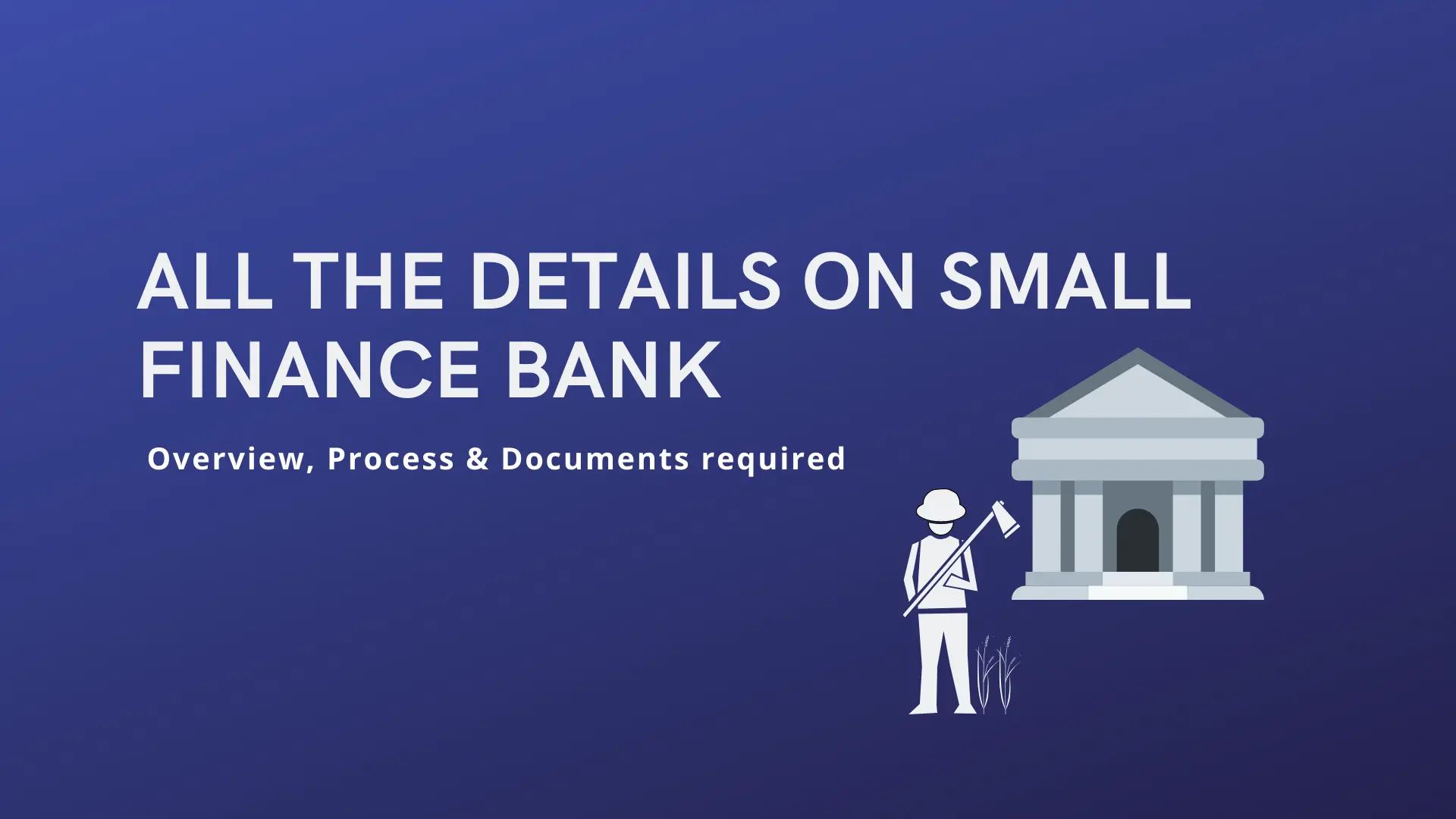

Prospects for the widespread introduction of Blockchain in the banking industry
Bank industry is also taking blockchain in their industry to more power the finance sector
An increasing number of investment banks are on the way to introducing advanced blockchain technologies to generate greater profits in a fiercely competitive environment. Blockchain, like other innovative solutions, is rapidly gaining popularity in the world of economics. A number of experts are predicting a great deal of efficiency from innovation in banking. According to some estimates, changes will save billions of dollars to banking organizations and significantly reduce the risks associated with Internet operations.
What are the real benefits of blockchain in banking? The answer to that question was sought together with Igor Chugunov, the founder of the DLT blockchain credits.
Reasons for popularity
Blockchain is fundamentally a new database organization system that gives simultaneous access to multiple participants while maintaining absolute confidentiality. Currently, the data validation process is the backbone of the business model of many companies and banks. It is important to note that each company completes its own data update, so information exchange processes are slowing down. This hampers the resolution of important issues arising between the two parties concerned. Distributed registry technology replaces outdated reconciliation models with a more practical, fast, and reliable method. Under the new approach, the reconciliation and harmonization process becomes part of a single workflow that is taking effect during transactions.
According to Igor Chugunov, blockchain platforms are key to the financial revolution and the Credits project is working in this direction. The team is finalizing a platform that is really interesting and currently in big demand by businesses. In particular, the developers of this project took advantage of the Bitcoin and Ethereum technologies, combining them into a single unit, taking into account the needs of end users. The new algorithm achieved excellent performance: up to 1 million transactions per second with a minimum commission for transactions. We are helping financial institutions to have a unique perspective for transmitting underlying financial transactions into blockchain platforms that will ensure collective action by the participants on a single database.
Banking organizations will be able to greatly facilitate technical procedures by refusing the most available processes and many information-processing elements. It should be noted that the results will take time, as new technology must be integrated into the modified information infrastructure. However, these costs are minor compared to the prospect of reducing the cost of the client service. The effectiveness of new technology will gain popularity and attract more investments.
The business community is sufficiently well informed about the brilliant prospects of the blockchain. However, serious players require a more thorough analysis of the capabilities of the blockchain. These studies are being conducted to make rational decisions on specific business lines. Assessment analysis is most relevant to the leading managers of large companies who are making the final decisions about the introduction of any new technology for their business cases. The changes should be integrated with the characteristics of the previous information systems and the requirements of the monitoring agencies. Top managers have to convince all the people concerned that their decision is absolutely correct.
"Recently reviewed information by Aon PLC, which analyses the potential for reducing costs and other benefits of introducing blockchain technologies into banking. The study includes information on the transaction costs of eight investment banks. The information collected was analyzed by a special model that was able to show which metrics and parameters from the banking sphere could have the greatest positive impact on innovation. Such serious research indicates there is a demand from the banking sector, so we are confident that the future is in blockchain platforms", - declared the founder of the CREDITS project.
This analysis was conducted in more than 50 parameters related to transaction costs. As a result, the following main advantages were identified:
- reducing the cost of maintaining financial reporting by 70%. Such an indicator would be achieved by optimizing the data structure, enhancing transparency and monitoring effectiveness;
- 50% reduction in the cost of meeting legal standards. This is achieved by simplifying the control of bank transactions;
- reducing the cost of core activities by 50%. All participants in the process will have a simple and one-time access to the databases. The rapid processing of new clients is done through advanced digital citizen identification technologies;
- costs of business operations are reduced by 50%. Netting, clearing, transaction control and other procedures will be automated.
Saving over eight billion dollars
Analytics suggests that the eight banks being analyzed can save about $8 billion (out of a total of $30 000 000) under the current cost system. It should be added that this figure does not take into account the financial and other costs of implementing blockchain technology. As a result, eight banks can collectively save about twenty-seven percent.
Evaluation parameters
The study was conducted according to a set of criteria in which some assumptions were made:
- the overall effect of implementation will have been exercised by the twenty-fifth year;
- laws will allow the use of blockchain technologies and the abandonment of the previous information infrastructure. The regulators should ensure that the blockchain networks are reliable and efficient, that all risks are excluded;
- the analysis takes into account the difference between variable and fixed costs;
- the study does not take into account the cost of building maintenance.
According to the set of criteria adopted, the study showed that savings under major objects of expenditure would be around 50 percent. The experts believe that there is every requirement to increase savings to 70 percent over a short period of time. The annual savings can reach thirty-eight percent, which is about twelve billion dollars.
It should be stipulated that, if there are serious restrictions made by the regulator, the estimates presented may not be achievable. However, optimistic savings forecasts are already stimulating investments in block chain-banking projects. This trend is now well observed throughout the banking sector. Distributed registry technologies will have a significant impact on all banking operations, making them cheaper and more accessible to customers.








